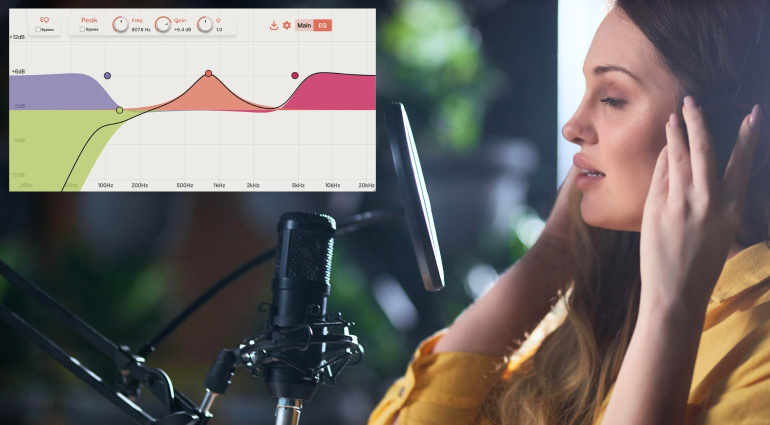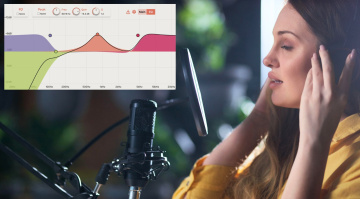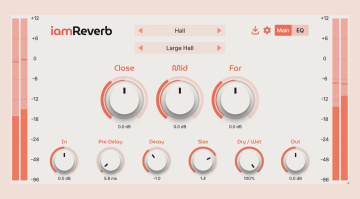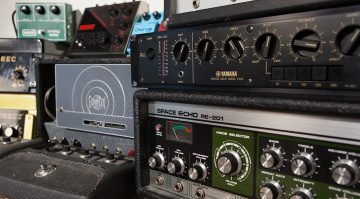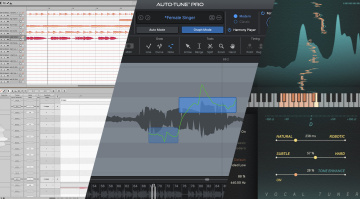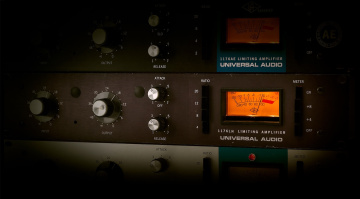The Perfect Reverb for Vocals: Finding the Right Balance Between Presence and Atmosphere
Learn How Reverb Types, Automation, and Room Spacing Can Make Your Vocal Mix Sound Professional
Reverb for vocals is a science in itself. Sometimes, just a hint is enough to ground and deepen the voice. In other contexts, however, reverb can take center stage, providing cinematic breadth. Whether it’s pop, rock, trap, or electronic, reverb is a key tool for seamlessly integrating vocals into the mix. The art lies in finding the right space that neither overpowers nor disappears.
In this workshop, we will focus on the factors that play a role in achieving the perfect reverb for vocals, how to select the right reverb types, and strategies for placing vocals in a natural yet exciting environment. We will also use a modern reverb plugin called iamReverb, which offers interesting possibilities without overloading the mix thanks to its detailed room division into “near,” “middle,” and “far.”
All About Reverb for Vocals
Reverb for Vocals: Why Vocals Need Their Own Room Treatment
Vocals are the emotional center of a track. That’s why standard reverbs already on the aux for drums or synths often don’t work here. Voices need space that suggests depth and respects articulation and transients. Reverb should open up, not mask, because its purpose is to reveal, not hide.
In intimate genres, such as singer/songwriter or lo-fi pop, it makes sense to use very short reverb times and early reflections. Plugins that offer separate control for immediate spaces and distant reverb tails are useful for achieving good reverb for vocals. Reverbs such as iamReverb are particularly effective because they segment rooms into “near,” “middle,” and “far” zones, allowing for specific depth levels in the vocal mix.
Types of Reverb for Vocals: What do They Sound Like?
Plate reverb adds shine and is ideal for modern pop vocals. It gives the signal a shimmer without being obtrusive. Spring reverb usually sounds too metallic for vocals and is more commonly used as an effect.
Natural-sounding room reverbs are ideal for singer-songwriters, acoustic settings, and indie productions. In these cases, it’s worth using a plugin that defines multiple room zones and adapts dynamically to the input signal. For instance, emphasizing the “near” section and reducing the more distant reflections can create an intimate, present effect. Some modern reverb tools offer this kind of precise tuning. Take a look at the iamReverb plugin.
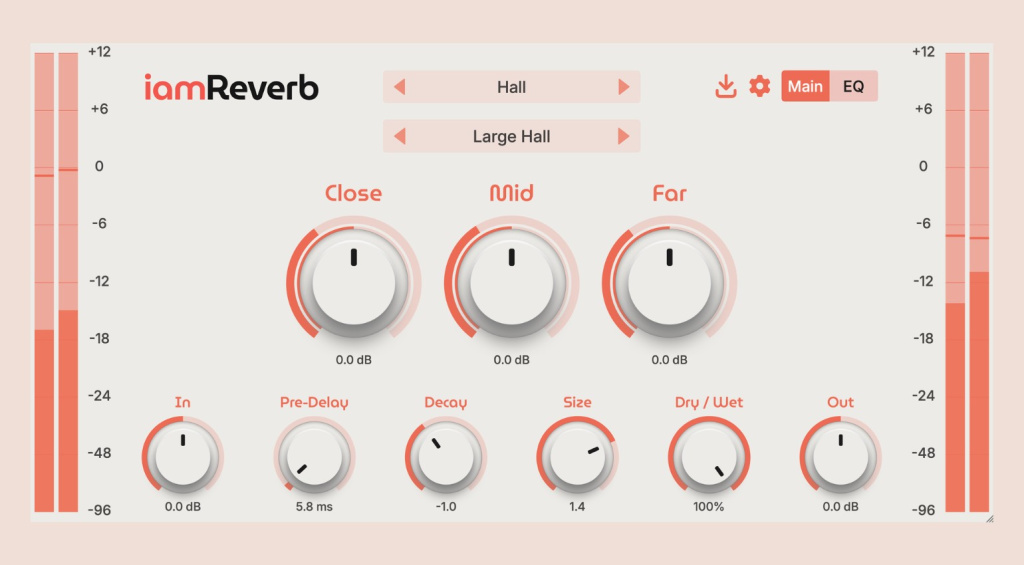
Large halls and long reverb tails are useful for ambient music, ballads, and experimental music. In these cases, you can opt for a spacious sound, but be careful: too much reverb impairs intelligibility and creates a “muddy” sound. A plugin that can attenuate or process the distant effect depending on the frequency offers a welcome advantage here. Alternatively, a ducking function can help blend the vocals and reverb.
Using Pre-Delay Correctly
Often underestimated, yet enormously effective. Pre-delay determines the time between the original signal and the first reverb. When using reverb for vocals, a pre-delay of 30 to 80 milliseconds ensures the vocals remain at the forefront despite the reverb.
Modern plugins offer a simple pre-delay function and differentiate between different room zones. This is particularly interesting for vocal productions, as the pre-delay can be adjusted to different reverb levels. For example, the “mid” reflections could start with a slight delay while the near field reacts immediately.
Reverb Equalization: EQ Before or After the Reverb?
Whether you place an equalizer before or after the reverb depends on your goal. Placing the EQ before the reverb allows you to “clean up” the input. This prevents muddy reverb tails caused by excessive bass or sibilance. After the reverb, you can process the room sound itself. Using both is particularly effective.
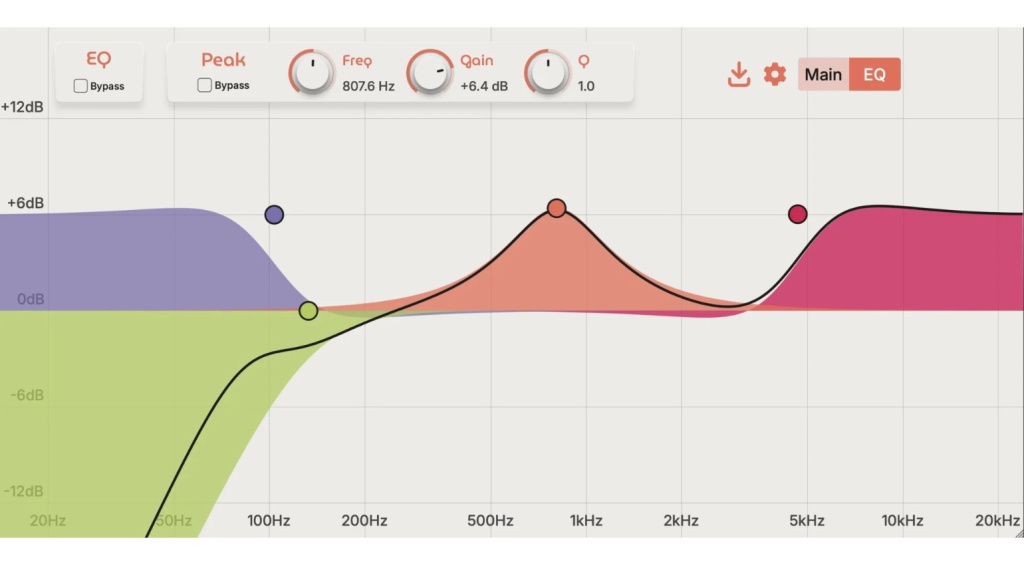
Many current reverb plugins offer tone control within the reverb itself. This means that separate equalizers (EQs) are not always necessary. For instance, you can lower high frequencies specifically in the “Far” zone while retaining brilliance in the near field. This can help vocals come through clearly, even in dense mixes.
Automation: Consider How Reverb Changes Throughout the Song
A reverb for vocals doesn’t have to be static. With emotional vocals, especially, it sounds much more intense when the room components change dynamically. For example, in the verses, the reverb can sound dry and close, while in the chorus, the room can open up and fill the song.
Some reverb plugins offer exciting automation targets that go beyond dry/wet or decay time. For instance, you can create a dramatic effect by slowly increasing the “far” zone or by switching it off completely during a break, and it only takes a few clicks. These kinds of features can be used elegantly without being complicated.
Reverb for Vocals: Saturation, Modulation, and Movement
Adding a touch of saturation to the reverb makes vocals more catchy. Analog reverbs, in particular, often provide the warmth that digital productions lack. Some plugins use slight modulation to prevent standing waves and breathe more life into the room. Of course, this is only if you like this kind of sound coloring.
A plugin that modulates each room zone individually allows for very fine adjustments. This can make the difference between “sounds okay” and “captivating,” especially with long vocals or extended sustains. Here, too, the movement should be subtle yet strategic.
Stereo or Mono? Or Both?
Although reverb is traditionally used in stereo, mono reverb components are worth considering. In densely packed mixes with many stereo tracks, for example, a mono-centered space provides more focus. Some reverb plugins therefore offer a separate stereo width for each room layer. For instance, the near field can sound tight and centered while the far field spreads out across the soundstage.
These detailed settings may seem unspectacular on paper, but they make a significant difference in perception, particularly with vocals. Reverb doesn’t always have to be fat and wide — sometimes targeted positioning is enough.
Reverb for Vocals: Practical Example with iamReverb
iamReverb is a particularly powerful tool for differentiated room design for vocals. Controlling the “Close,” “Mid,” and “Far” sections separately allows you to position the voice at different distances throughout the song without altering the reverb’s character. This is helpful in dynamic arrangements where the voice should sometimes sound very upfront and other times atmospherically embedded.
Using automation with the three room zones is particularly exciting. In this example, the lead vocal track in the verse was designed with a focus on the “Close” section, creating an intimate effect. In the chorus, adding the “Far” section opened up the signal, allowing more width and emotion to be conveyed. The plugin responded musically, allowing for quick adjustments via simple parameter sweeps.
iamReverb’s internal equalizer also supports a workflow that provides perfect reverb for vocals because high frequencies in the “Far” range can be reduced specifically. This prevents sibilance from entering the reverb despite the spaciousness, ensuring that the vocals remain intelligible. If you want to do more than add static reverb to vocals, and instead place them as creative spatial objects in the mix, iamReverb is a flexible tool with practical controls and professional, high-quality sound.
Conclusion
A good vocal reverb can do more than just create reverb. It must breathe with the voice, accompany its dynamics, and adapt to the song’s dramaturgy. Those who rely on flexible reverb plugins that offer differentiated room zones, frequency adjustments, modulation, and automation targets have a clear advantage. Working with such tools is also extremely fun!
The iamReverb plugin proves through everyday use how much control is possible today without resorting to complex workflows. Its ability to stage close, mid, and far spaces makes it a particularly useful tool for vocals. If you want to do more than just smear your vocals with reverb and instead consciously set them in scene, you should take a closer look at these techniques.
To achieve the perfect sound for your vocal recordings, check out other effects that will form your personal “signature” vocal chain. In addition to reverb, equalizers (EQ), compressors, delays, and other tools will help you bring your vocals to a professional level.
More Information
*Note: This workshop, “The Perfect Reverb for Vocals: Between Presence and Atmosphere,” is sponsored by iamReverb Audio.

 2,3 / 5,0 |
2,3 / 5,0 | 